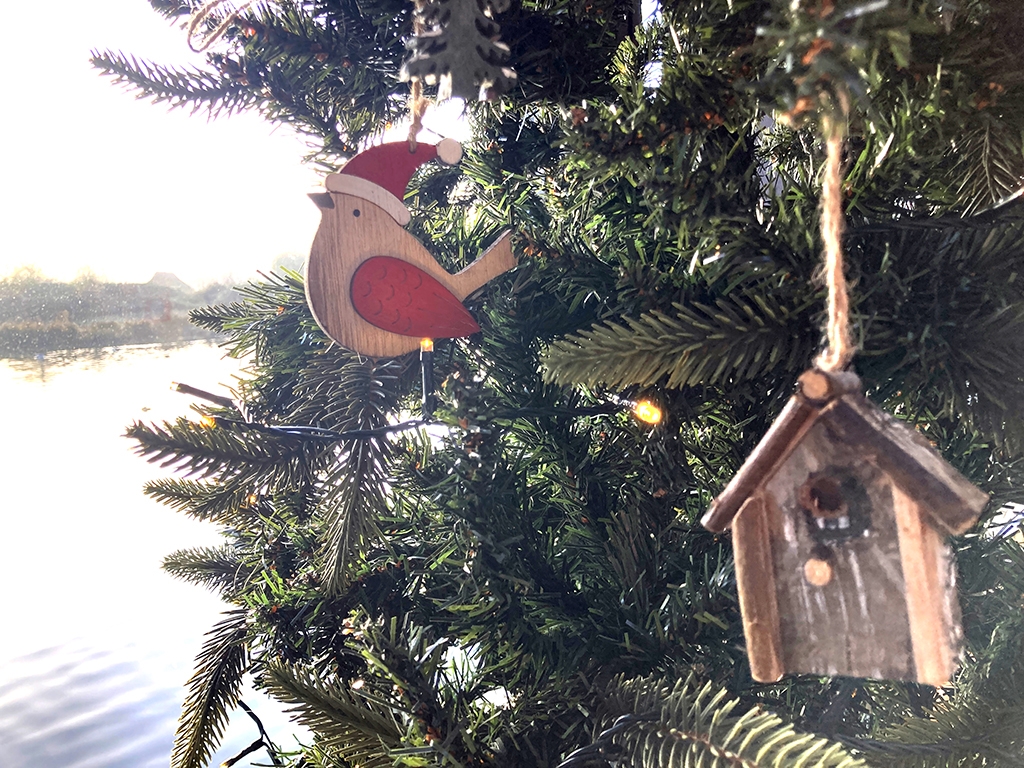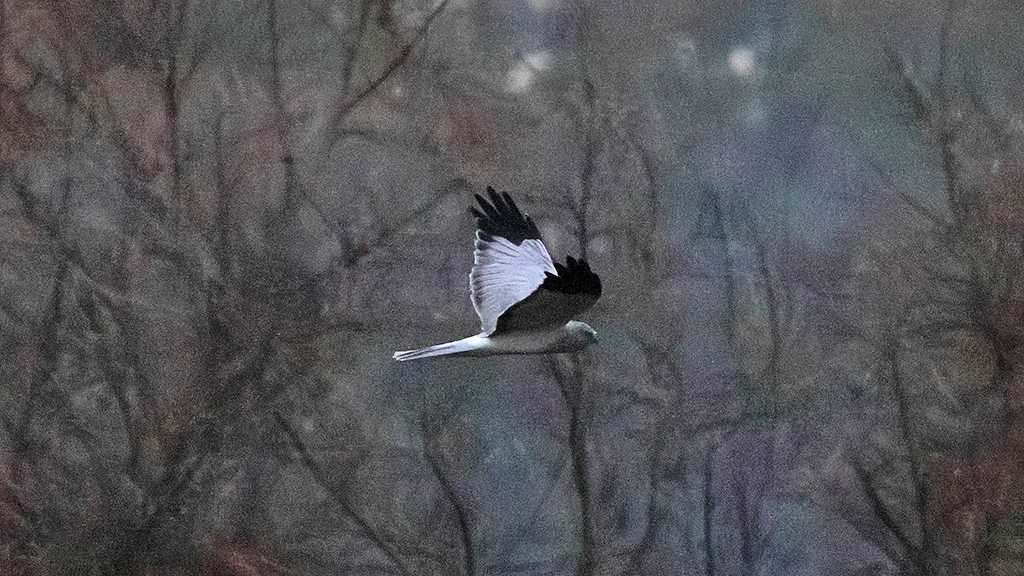Marsh Harrier roost counts begin
The Reserve team start monthly counts during the evening roost of these stunning raptors.
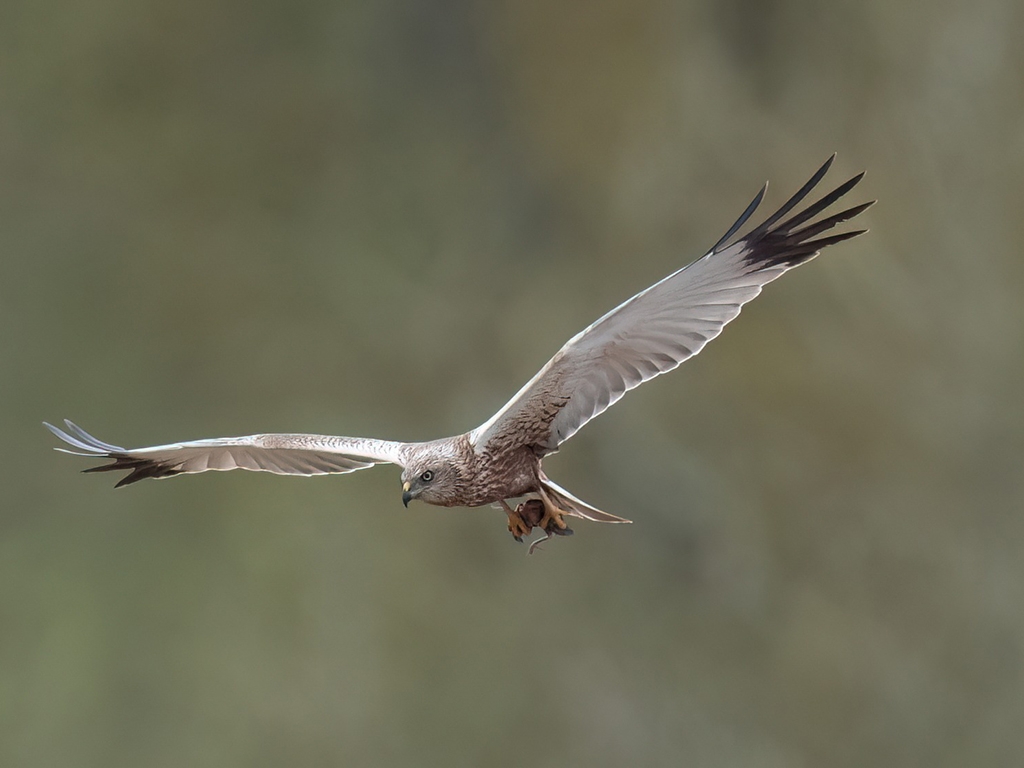
Each October the Reserve Team begins their monthly counts of marsh harriers that come into roost into the SSSI Reedbeds at WWT Arundel Wetland Centre.
This season's counts began on the weekend of Oct 18-19. The forecast on Sun 19 Oct was for heavy rain. Reserve Manager Suzi Lanaway spent a few hours on Sat 18 Oct evening on the new reedbed viewing platform and saw "maybe 9 marsh harriers" arrive until it was too dark to see. A count was attempted on Sunday but heavy rain and darkness limited visibility quickly after a few harriers arrived. From October through February members of the Reserve Team spends some chilly hours in the Scrape hide on a Sunday to do the official count. This information is fed into the monthly Harrier Roost Survey run by The Hawk and Owl Trust.
Now that the clocks have 'fallen' one hour back, regular visitors will be able to see the marsh harriers arrive in the afternoons, especially on overcast days. The marsh harrier above, with prey in its talons, was photographed last winter at WWT Arundel by Alec Pelling.
In the late afternoons, in autumn and winter, marsh harriers arrive to roost in the reedbeds at Arundel Wetland Centre. Last year Our Reserve Team counted up to nine marsh harriers arriving to stay overnight in the SSSI reedbed. In recent years the harriers at Arundel are the largest roosting population recorded in Sussex and the fifth largest concentration of marsh harriers in the Essex-Kent-Sussex area.
We stay open an extra hour on Wednesday 5 November and Saturday 8 November for our Evening Roost event. For details see our event here.
This autumn, one of the best spots to watch the harriers soar across the skies over the reedbed will be the new Reedbed Viewing Platform that opened in late September this year. The Scrape hide and the long path up to Wetlands Secrets Plant House offer good views of the sky as well.
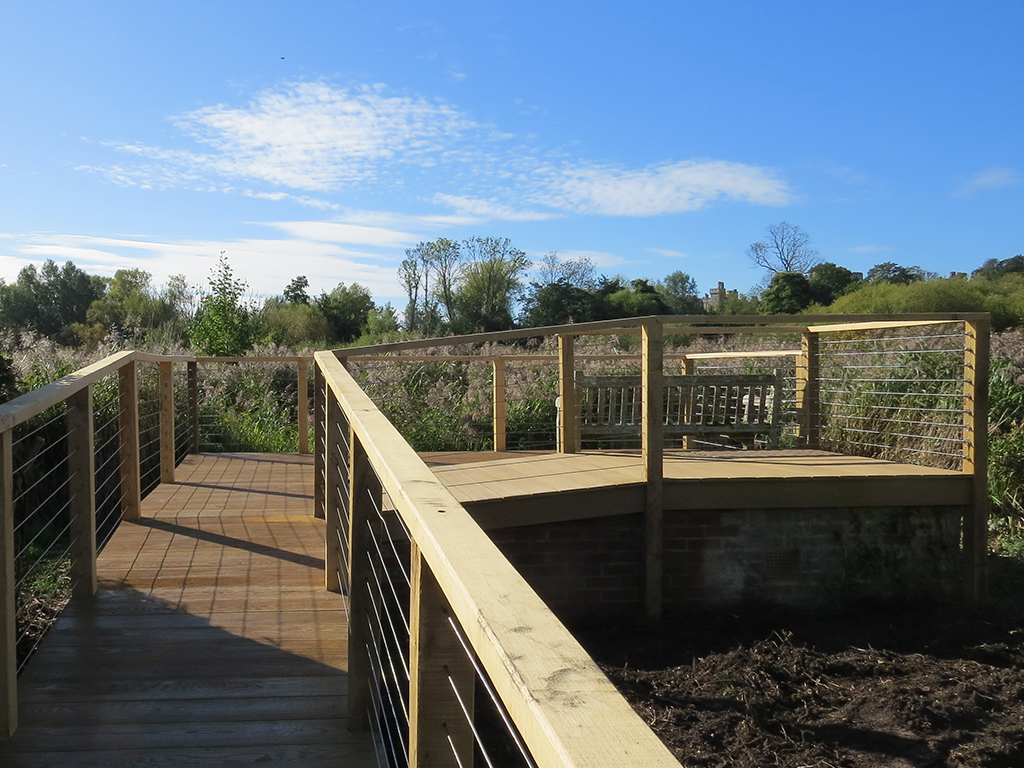
Harriers began roosting at Arundel Wetland Centre in 2017 with just two marsh harriers. In 2018 the number of marsh harriers regularly hunting and roosting on the reserve increased to six, then to eight in 2019 and 2021. Numbers have increased with some years as many as 13 harriers were counted.
Suzi Lanaway said: “ On some survey days it seems as if they know you are counting and fewer harriers appear! Seriously, the number of harriers on our wetland reserve is great news because it shows we have the balance right for managing our wetland habitats.”
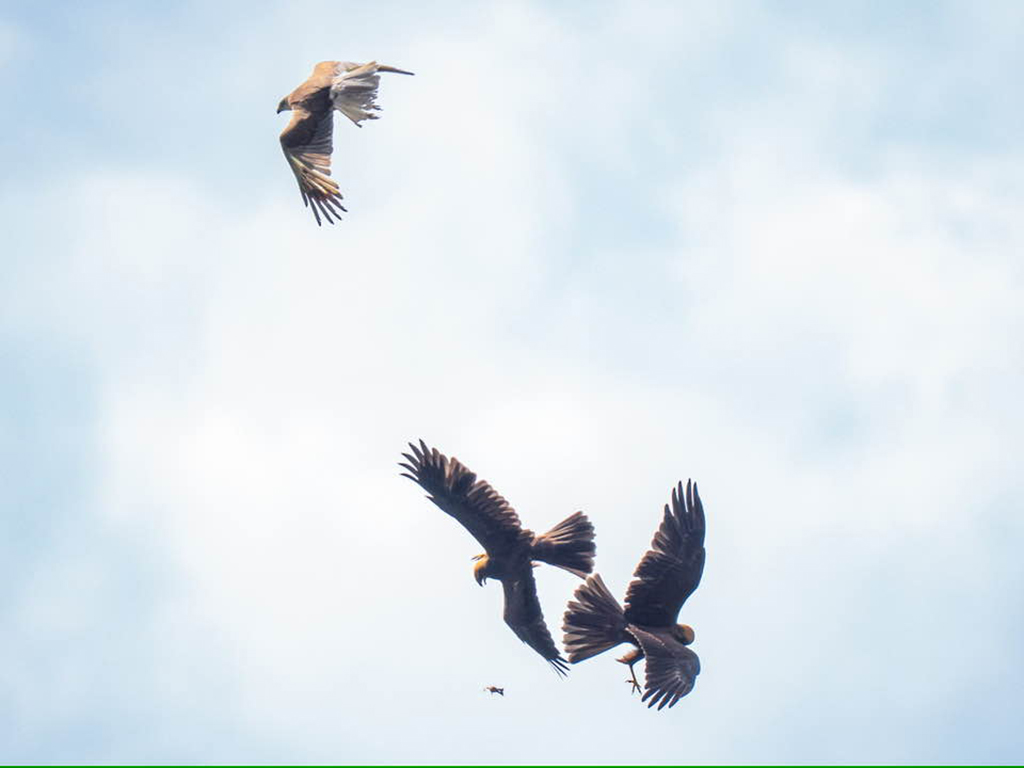
This spring we were able to confirm that a pair of marsh harrier stayed onsite and nested. The pair appeared to have raised three chicks to fledging. Harriers breeding onsite was suspected before as we would spot one or two all year around. This was the first time we knew the nest location and could keep an eye on the pair.
The presence of the marsh harriers indicates the Arun River Valley to be a healthy ecosystem as a whole. To support a large number of hunting raptors like the marsh harrier there must be a multitude of small birds, fish and mammals in the area - to support that population there must be hoards of healthy plants and insects to feed on.
It is easy for visitors to see the marsh harriers from the hides at Arundel Wetland Centre from about 3 pm-4.15 pm depending on how overcast the day is. The harriers fly low over the reedbeds, making a few passes before landing. We recommend you bring your binoculars. We ask that visitors be back inside the centre when Arundel Wetland Centre closes at 4.30 pm. In the late afternoon also look out for cattle egrets roost at the Scrape Hide and the pied wagtails roost in the reedbeds near the Wetland Secrets pant house at WWT Arundel Wetland Centre as well.
Experience wetland wildlife this autumn
WWT Arundel offer close encounters and photo opps with amazing wildlife!
